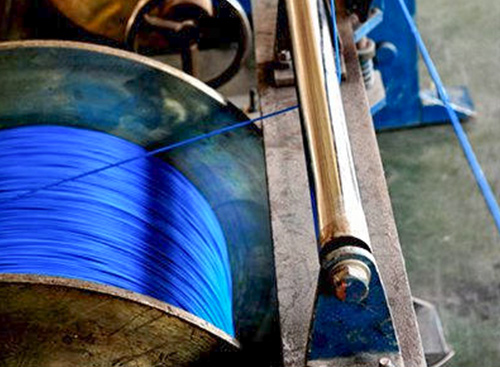The cable insulation protection layer is generally made […]
The cable insulation protection layer is generally made of cross-linked polyethylene. The two major cross-linked polyethylene materials, ethylene propylene rubber and silicone rubber, are commonly used materials for cable insulation protection. Therefore, it is of great significance for cable inspection to understand the functional characteristics of these two rubbers.
1. Ethylene-propylene rubber function for cable detection
The functional advantages of ethylene-propylene rubber are that it has outstanding weather resistance, heat aging resistance, ozone resistance, corona resistance, tracking resistance, and voltage resistance. Ethylene-propylene rubber has outstanding resilience and resistance under low temperature conditions. Flexibility, and ethylene propylene rubber also has outstanding chemical stability, color stability and outstanding colorability, so the detection of these indicators in the cable inspection is the key inspection item. In addition, the ethylene-propylene rubber has poor vulcanization function, poor oil resistance, flammability, self-adhesiveness, and poor mutual adhesion. These are all places that need attention in the detection of ethylene-propylene rubber cables.

2. Silicone rubber function for cable detection
After talking about the functions of ethylene-propylene rubber, let’s take a look at the functions of silicone rubber. Compared with ethylene-propylene rubber, silicone rubber has better functions. Because silicone rubber has high heat resistance and cold resistance, the cable can be used in extremely wide Use within the temperature range. Excellent corona resistance, arc resistance, thermal conductivity, air permeability, etc. make the electrical insulation function of silicone rubber extremely good. In addition, high hydrophobicity, low water absorption, ozone aging resistance, light aging, atmospheric aging, radiation resistance, oil resistance, flame retardancy, mildew resistance and other characteristics make the silicone rubber cable's aging resistance and service life both Longer. Of course, there are so many advantages of silicone rubber cable, which makes its price more expensive. The key point of function testing is that silicone rubber has low mechanical functions, poor acid and alkali resistance, and high temperature water vapor resistance.
Secondly, what are the testing items specified by the cable testing standards for rubber materials? There are 11 major testing items for cable rubber function, mainly including original stretching function, tear strength, stretching function after hot air aging, stretching function after artificial weather aging, stretching function after immersion in silicone oil, 20℃ volume resistivity, Power frequency dielectric loss tangent, power frequency dielectric constant, power frequency breakdown dielectric strength, resistance to tracking and corrosion, permanent deformation at constant extension, etc.